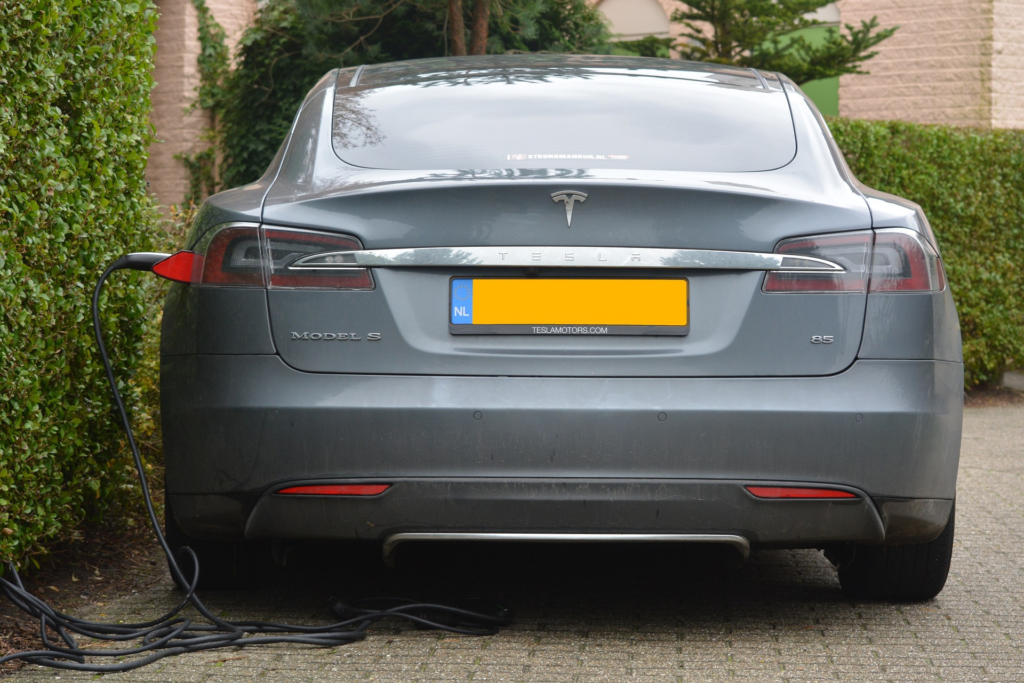Current Policies for Electric Vehicles in China
The Chinese authorities finance the country’s electric vehicles producers with subsidies There are subsidies for all-electric plug-in cars with a range over 400 km (RMB 12,600), or $2000. Plug-in all-electric cars with a range of 300–400 km are eligible for RMB 9100 (or about $1400) subsidies. With an policy framework focused on cutting down on carbon emissions, enhancing air quality, and promoting innovation in green technologies, China has become the world leader in the development and adoption of Electrical Vehicles in China. Here are the basics of policies about Electrical Vehicles in China:
China is the global runaway leader in the EV sector; pure electric and plug-in hybrid vehicle sales accounted for 65% of global sales in the first half of 2024, the China Passenger Car Association reported. But the domestic EV producers are encountering trade hurdles in both the US and the Eu.
China offered EV producers and consumers substantial subsidies. While these subsidies have been slowly eliminated since 2020, they still apply to vehicles meeting strict requirements regarding energy efficiency and range. Tax Exemptions: In the case of EVs, purchase taxes are waived, which helps buyers save a lot.
Local Perks: Multiple municipalities provide additional perks, like free license plates for Electric vehicles in China, that can be prohibitively expensive and burdensome for internal combustion engine (ICE) vehicles. The Chinese market classifies these as electric vehicles (EVs), and this falls under a wider category of New Energy Vehicles (NEVs), which includes plug-in hybrids and hydrogen fuel cell vehicles. The government requires automakers to produce a specific number of new energy vehicles (NEVs) each year, to entice them to produce electric vehicles (EVs).
Electric Vehicles in China: Development of Charging Infrastructure
Government efforts have focused on both public and private charging infrastructure, seeking to quell range anxiety and advance EV adoption. Policies promote public-private partnerships to speed the deployment of charging stations. In addition, support of research and development R&D is receiving a significant amount of investment for battery technologies, autonomous driving, and energy efficiency improvements. The government promotes university and research institution partnerships with private companies to drive innovation.
Regional variation — differences in policy by region
Urban areas like Shanghai, Beijing and Shenzhen have tougher policies, including bans on internal combustion engine (ICE) vehicles and stronger incentives for EVs. Larger, more affordable EVs are subsidized in rural areas, and policies are tailored for local needs.
Electric Vehicles in China: Financing Green and Carbon Credits
China has encompassed EV development into the country’s wider carbon trading system through which automakers can now buy and sell credits earned through NEV production. Financing institutions are suggested to offer attractive credit facilities and leasing for purchase of EVs.

Electric Vehicles in China
Long-Term Goals and Lesson on Global Impact
China expects EVs to account for 40% of all vehicle sales by 2030 and for the country to become carbon neutral by 2060 because the use of large number of Electric Vehicles in China.
The country’s policies have also propelled the domestic automotive firms to become global contenders in the EV market, with brands such as BYD, NIO and Xpeng facing off abroad.
We can elaborate on any of the points above if you would like, for example the effect of these policies on the EV market, the challenges faced in the implementation of these policies, or how it compares to global trends of EV policies. Let me know!


